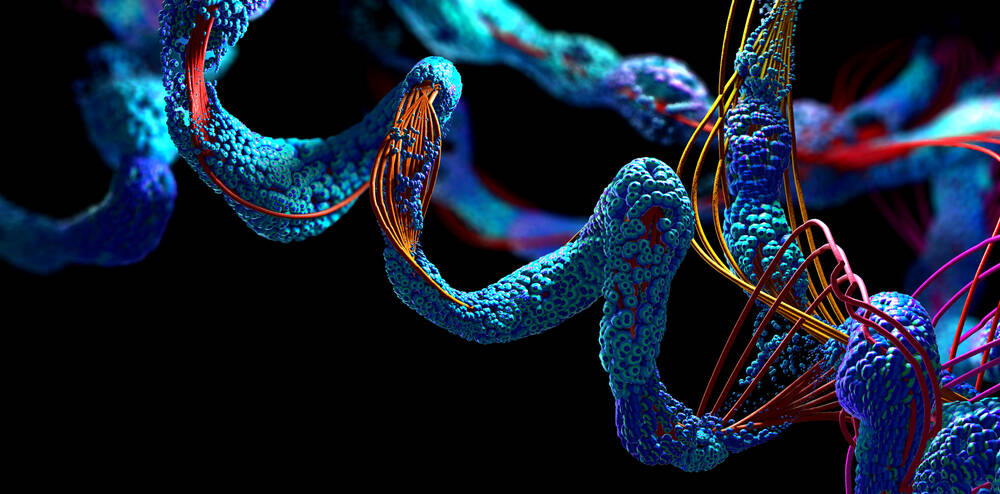
The Future of Protein Design: Can Synthetic Polymers Replace Natural Proteins in the Body?
Proteins are essential components of all living organisms, performing a wide range of functions such as catalyzing chemical reactions, transporting molecules, and providing structural support. In recent years, scientists have been exploring the possibility of designing new proteins or modifying existing ones to improve their properties or create novel functions. With the advent of artificial intelligence and new synthetic materials, researchers are now taking the field of protein design to a whole new level. In this article, we will discuss the latest developments in protein design and the potential of synthetic polymers to replace natural proteins in the body.
Designing Proteins with AI
Protein design has traditionally been a time-consuming and labor-intensive process that involves trial and error, as well as a deep understanding of protein structure and function. However, recent advances in artificial intelligence have made it possible to create new proteins with greater speed and accuracy. One example is a recent study by researchers at the University of Washington and the University of California, Berkeley, who used a deep learning algorithm to design a protein that can bind to a specific target molecule with high affinity and specificity. The protein was then synthesized and shown to be effective in vitro.
Also Read:- Canva Unveils AI-Generated Tools and Features for Improved Visual Work
- TikTok Facing Multiple Bans Over Security Concerns
Another example is a study by researchers at Google's DeepMind, who used a neural network to predict the structure of a protein based on its amino acid sequence. The network, called AlphaFold, achieved remarkable accuracy in predicting the structures of proteins, which could greatly accelerate the process of drug discovery and protein engineering.
Replacing Natural Proteins with Synthetic Polymers
While natural proteins have evolved over millions of years to perform specific functions, they can also be limited by their stability, solubility, and immunogenicity. Synthetic polymers, on the other hand, can be designed to overcome these limitations and provide new functions that are not found in nature.
One example is a recent study by researchers at the University of California, Berkeley, who designed a synthetic polymer that can mimic the structure and function of a natural protein called elastin. Elastin is a key component of connective tissue in the body and provides elasticity and resilience to skin, arteries, and lungs. However, elastin is difficult to produce in large quantities and can trigger an immune response in some patients. The synthetic polymer, called polyelastin, was shown to be biocompatible, biodegradable, and capable of restoring elasticity to damaged tissues in mice.
Another example is a study by researchers at the University of Cambridge and the University of Tokyo, who designed a synthetic polymer that can self-assemble into a protein-like structure with a high degree of order and stability. The polymer, called 18-mer, was shown to be more stable than natural proteins and could potentially be used as a building block for designing new functional materials.
The field of protein design is rapidly evolving, thanks to new advances in artificial intelligence and synthetic materials. While natural proteins have been the workhorses of biology for millions of years, synthetic polymers offer a new frontier for creating novel functions and overcoming limitations of natural proteins. With further research and development, synthetic polymers could potentially replace natural proteins in a wide range of applications, from drug delivery to tissue engineering.
Read More:That's it for this article.
Thanks for Visiting Us – fixyanet.com


0 Comments